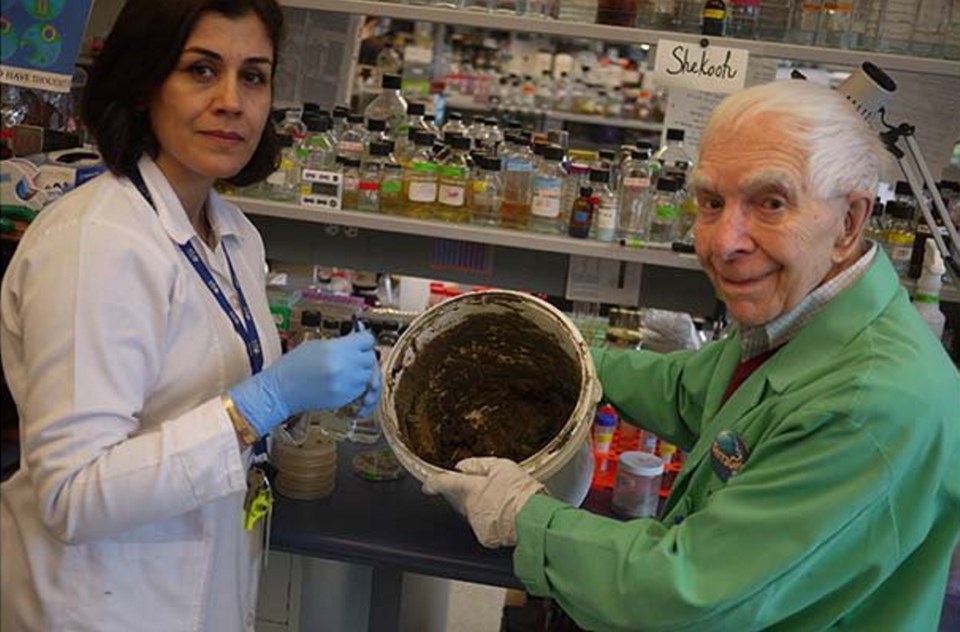VANCOUVER - Researchers at the University of British Columbia have confirmed that a rare clay used as medicine by aboriginals in B.C. contains antibacterial properties that could be used to to treat antibiotic-resistant bacteria.
Some 400 kilometres north of Vancouver, on the Heiltsuk First Nation’s traditional territory, sits a 400-million kilogram deposit of glacial clay in Kisameet Bay that scientists believe was formed near the end of the last Ice Age, approximately 10,000 years ago.
The grey-green clay, known as Kisolite, has been used for centuries by the Heiltsuk First Nations to treat a range of ailments including ulcerative colitis, arthritis, neuritis, phlebitis, skin irritation, and burns. Locals also use the clay for eczema, acne and psoriasis.
Now researchers say the clay exhibits potent antibacterial activity against multidrug-resistant pathogens. And they recommend the rare mineral clay be studied as a clinical treatment for serious infections caused by ESKAPE strains of bacteria, a group of potentially deadly pathogens that cause many infections to “escape” antibiotics.
“Infections caused by ESKAPE bacteria are essentially untreatable and contribute to increasing mortality in hospitals,” said UBC microbiologist Julian Davies, co-author of the paper published Tuesday in the American Society for Microbiology’s mBio journal.
In a statement, Davies said after 50 years of over-using antibiotics, ancient medicinals and other natural mineral-based agents may provide new weapons in the battle against multidrug-resistant pathogens.
UBC says testing conducted by Davies and UBC researcher Shekooh Behroozian found the clay suspended in water killed 16 strains of ESKAPE bacteria samples from sources including Vancouver General Hospital, St. Paul’s Hospital, and the University of British Columbia’s waste water treatment pilot plant.
The university says no toxic side effects have been reported in the human use of the clay, and the next stage in clinical evaluation would involve detailed clinical studies and toxicity testing.
The research was partly funded by Kisameet Glacial Clay, a company formed to market cosmetic and medicinal products made form the clay.
The company, which began marketing the clay to skin manufacturers in 2012, says the colloidal glacial clay from a shallow five-acre granite basin, nine-metres above sea level, is hand-harvested by local Heiltsuk contractors. It claims the mineral rich clay has “miraculous powers for external and internal healing.”
Company president Laurence Lund says the clay was previously been studied in the 1950s Dr. Ernest Hauser of MIT. He says Hauser was the first to confirm First Nations claims that the clay had rare healing properties.
The company then joined up with the team at UBC to study the efficacy of the clay in a number of harmful bacterial pathogens.



